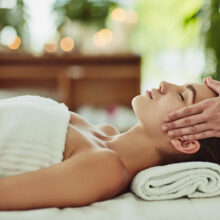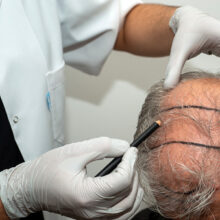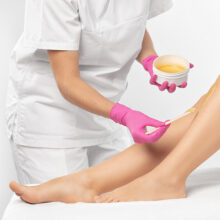Going Beyond SPF: Your Checklist for Practicing Safe Sun
- Published: Monday, May 25th 2015
- in Beauty
‘Tis the season of vacations, bathing suits, and spending time by the water. While I hope you are practicing safe sun daily, you are likely thinking about it more conscientiously over the next few months. Knowing about SPF is great, but it’s not enough. There’s a lot more to sun protection than meets the eye and there is more than enough research that backs up why you should be educated:
- Each year, skin cancer affects more people than breast, lung, prostate, and colon cancer combined.
- The number of skin cancer cases due to tanning is higher than the number of lung cancer cases due to smoking.
- About 3.5 million cases of basal and squamous cell skin cancer are diagnosed in the U.S. annually. Melanoma will account for more than 73,000 cases of skin cancer in 2015.
Source: www.skincancer.org
To keep your family safe, here’s a checklist for SPF shopping as well as overall sun safety:
Label Lingo
- Use a broad-spectrum sunscreen with SPF 15 or higher daily. SPF 15 blocks 94 percent of UV rays, SPF 30 blocks 97 percent, and SPF 45+ blocks 98 percent. My favorite full-spectrum sunscreen is from Skin Authority – Sunscreen Moisturizer SPF 30 Full Spectrum.
- Scan the active ingredient label to make sure the product contains UVA-blocking elements such as titanium dioxide, zinc oxide, or anything in the avobenzone family.
- Toss sunscreen after 12 months.
Safe Sun Practices
- Apply 1 ounce (shot-glass size) of sunscreen to entire body 30 minutes before going outside.
- Reapply every 2 hours or immediately after swimming or sweating.
- Seek shade between 10am and 4pm.
- Most of the sun exposure that ages us comes from the windows of our car, home, or office. Another reason to wear sunscreen daily.
- Double up on safety by using a 20 percent concentration of topical vitamin C under sunscreen. The extra C boosts the immune defense of your skin cells against UV damage, while reducing the appearance of brown spots.
- Examine skin head-to-toe monthly for changes in skin and see a doctor yearly for a skin exam.
Some of you may want to look like you’ve been at the beach, even though you’ve been in the office. So, go for a safe, sunless glow. Self-tanning products are available as lotions, creams, sprays, and wipes. They contain the FDA-approved ingredient DHA, which is a sugar molecule that bronzes the very top layer of the skin. The tanning effect occurs within a few hours, is temporary, and color fades in 7-10 days.
If you have freckles or hyperpigmentation, I recommend you only use the products from the neck down because sunless tanners will make them darker. Instead, use a mineral bronzer, BB cream, or CC cream on your face. Also, don’t go into the sun for several hours after putting on bronzing products because they make skin more sensitive to sun exposure. Instead, apply these products later in the day and sleep in them.
Before applying a self-tanner, prep skin by exfoliating with a scrub to release dead skin patches and opens pathways for the product to work better. After exfoliation, apply moisturizer to those areas where the sunless tanner might pool or collect — inside and outside elbow, knuckles, knees, etc. This ensures the tanner will be absorbed evenly.



